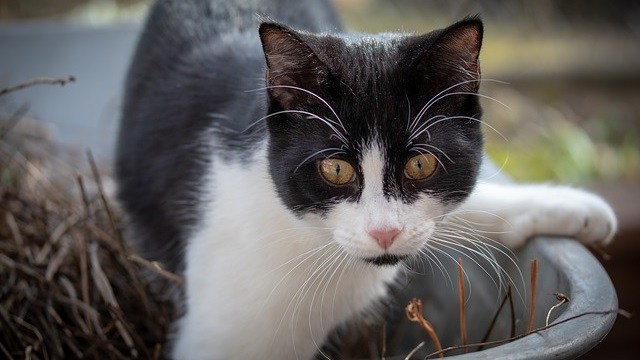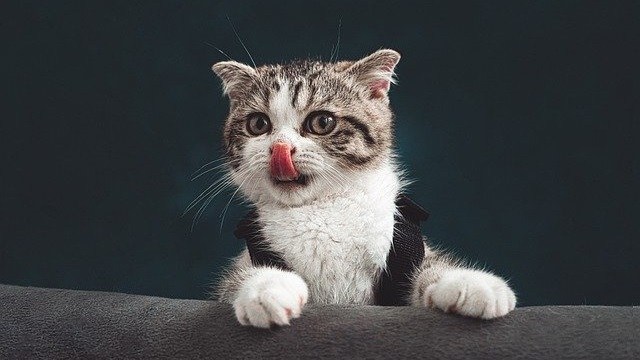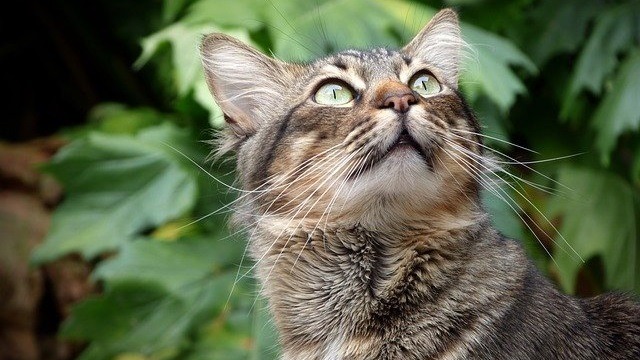Can Cats Eat Bell Peppers?
The bell pepper, also known as sweet pepper, capsicum, or just pepper, is a vegetable ingredient frequently used in cooking. These colorful vegetables (that actually belong to the fruit category) are present in most kitchens… But if your cat takes interest in this food, should you allow them to explore it? Can cats eat bell peppers?
- Bell peppers are non-toxic and safe for cats when given in small portions.
- They serve as a low-calorie, nutrient-rich snack alternative for cats.
- Bell peppers contain antioxidants that can neutralize harmful free radicals.
- These vegetables support heart health through important minerals like potassium and magnesium.
- Introduce bell peppers gradually, monitoring for any digestive issues in cats.
Can cats eat bell peppers?

The good news is that bell peppers are not toxic to cats. Yes, cats can safely eat bell peppers – but always in small portions.
So, if your cat has nibbled on a pepper, there’s nothing to worry about, because they’re safe for them.
What are the health benefits of bell peppers?

Peppers are a good source of vitamins and essential minerals, so they contribute to the overall health of a cat.
Some of the benefits they include are the following:
-A low-calorie snack alternative
With only 20 calories per 100g, they are an excellent low-calorie, high in water (92%), nutrient-rich alternative to commercial treats. The high water content also helps with kidney health.
-Antioxidant-rich
The variety of colors brings a variety of antioxidants. Those neutralize free radicals that damage cells, and prevent some chronic illnesses from appearing.
-They contribute to a healthier heart
The high lycopene content supports heart health, and can lower the risk of heart disease. This vegetable also contains potassium and magnesium, two essential minerals that help maintain the health of the heart.
-Dietary fiber
Fiber can help either in case of diarrhea or constipation. It can also promote a healthy gut, and help in weight loss.
What should I be aware of when offering bell peppers to my cat?

Either raw or cooked bell peppers are safe, although they are more digestible after the cooking process or after grinding. However, cats are strict carnivores, so their ability to digest vegetables and fruits is low. If they consume too much, there’s a risk of an upset stomach.
If your cat shows interest in this vegetable, you can give them a small portion, for sure! As always, it’s important to make a slow introduction. Start with a small amount, to give time to their tummies to adjust to the new food.
If any diarrhea, nausea, or vomiting appears, discontinue the offer. If everything remains normal, you can increase the amount a little bit… But remember that it should not exceed 10% of their total calorie intake!
Maven is all about proactive pet care. Be your best friend’s best friend by giving them 24/7, high-quality, industry-leading vet care to improve their mental health, physical health and more. No more frantic googling or unneeded stressful visits to the vet – Maven helps you save hundreds while also ensuring your pet lives the best life possible. Get your kit now!




This is a fantastic blog
Neat post.
Thanks!